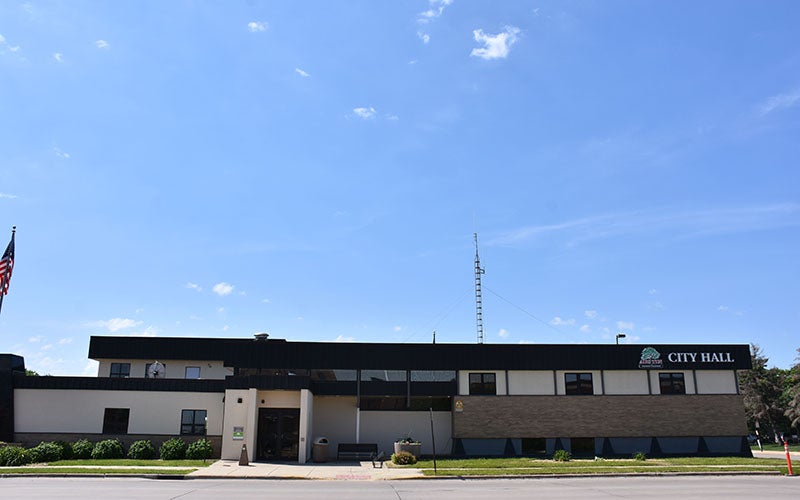Farm income up in SE Minnesota last year
Published 6:42 am Monday, June 9, 2008
The public will excuse farmers for singing aloud “Thank, God, I’m a country boy (or girl)?”
That’s just what the 2007 annual report from the Farm Business management Program at Riverland Community College suggests they should do.
Even Peter Scheffert, who compiled the report, is surprised.
“After three wonderful years of great farm income for southeastern Minnesota,” Scheffert noted, “2007 was even better.”
“Average net farm income was up 70 percent over 2006,” according to the analysis. “Higher cash crop prices played a large part with yields holding steady.”
Among livestock producers, dairy won, pork lost.
“Milk prices were up 40 percent, increasing dairy income significantly, but hog producers saw profits fall and government payments also declined,” Scheffert said.
The 2007 analysis is the 55th annual report of the Farm Business Management program at Riverland Community College, where the goal is to help farmers reach their own business and personal goals each year.
“For 2007, the average farmer enrolled in the Riverland Farm Business Management program had an excellent year,” Scheffert said. “Average net farm income was $151,978; up significantly from $89.443 in 2006 and $103,637 in 2005.”
“Crops had record returns from good yields and higher cash market prices,” Scheffert noted. “Dairy profits were up significantly from higher milk prices and hog profits were down from lower market prices and higher feed costs.”
Scheffert cautioned the information in the annual report is “average data” compiled from 464 farms in southeast Minnesota. “As usual, production and economic diversity between individual farms was great,” he said. “Some farms were extremely profitable. Others show significant losses.”
“However,” Scheffert explained, “averages over a large number of farm businesses can provide a good picture of the general situation.”
The average size of the 464 farms was 591 tillable acres with an investment of $2,947,798 per farm on a market value basis for both the farm and non-farm combined.
“One of the best measures of profit or the lack of it, for any individual business is gain or loss in net worth,” Scheffert pointed out.
The annual report shows the average farmer in southeast Minnesota experienced a cost basis net worth gain of $135,481 in 2007.
That compares to $70,245 in 2006, $82,332 in 2005 and $72,408 in 2004 and almost 5 times the gain $27,4445 in 2003 and $22,129 in 2002.
Among other highlights from the 2007 Riverland Farm Business Management program’s annual report were:
Net cash farm income (Cash operating income minus cash operating expense) was up due to increasing cash commodity market prices towards the end of the year and great milk prices from dairy.
Corn yields, prices: A good growing season resulted in the third highest corn yield of 177.5 bushels per acre and soybean yields of 53.5 bushels per acre.
The average price of corn grew to $3.72 per bushel in 2007 up $1.68 from 2006.
The avenge soybean price per bushel was $9.56 a bushel compared to $5.46 a bushel in 2006.
Dairy, hog prices: The average price cwt. for milk was $18.64 in 2007 up from $13.36 in 2006.
The average price of farrow-to-finish hogs was $47.69 cwt. compared to $47.05 cwt. in 2006.
Finishing beef averaged $88.73 cwt. in 2007 compared to $82.95 cwt. in 2006.
Copies of Scheffert annual report can be obtained for $5 a copy by contacting Riverland Community College’s Farm Business Management program.
There are 10 individual Farm Business Management programs in the southeast Minnesota region.





